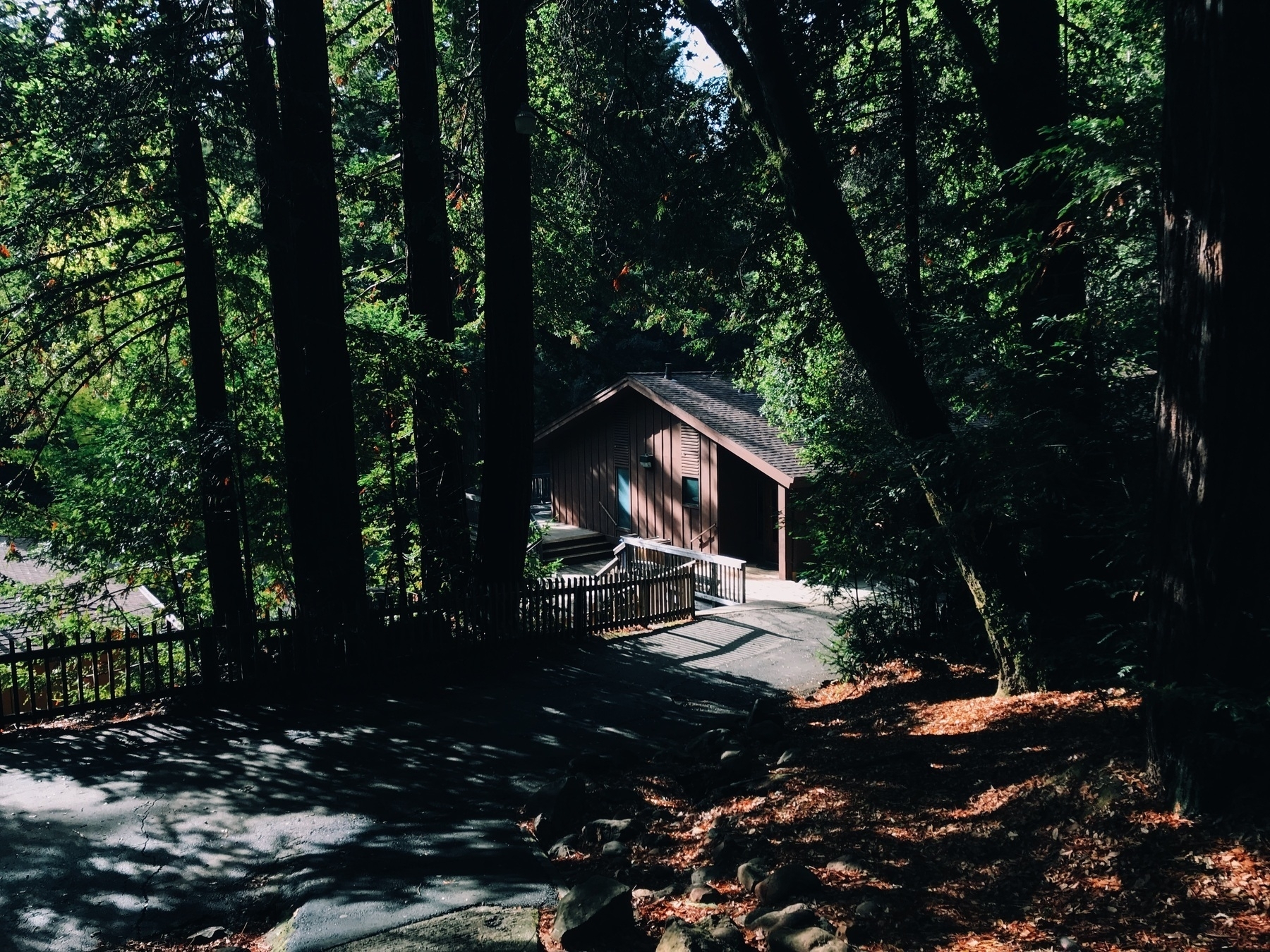
Earlier this month, I went up the mountain through Boulder Creek to Camp Hammer, a 99 acre parcel of land that is surrounded by Big Basin State Park, the oldest State Park in California. Camp Hammer is full of redwoods, oaks, madrones, newts and squirrels, butterflies and bees. There are hills and gulches, fields and thickets. When the warm sunlight hits the redwood duff that covers its floors, a sweet and dusty smell fills up the space between trees. For 50+ years, Camp Hammer was the home of a joyful retreat every summer, where kids from the surrounding area could step away from the world and seek spiritual rejuvenation. Countless memories and friendships and a whole culture were formed around this place. Its buildings were old, but the woods were older. It was a place where you could drop the personality-masks you had to put on the rest of the year and be your own goofy, vulnerable, true self.

Three years ago, in August of 2020, a freak lightning storm set off the biggest fire in the county’s recorded history, burning over 86,000 acres. 99 of which belonged to Camp Hammer. The fire burnt down nearly every structure in the camp. Only one of its nine cabins is still standing today, along with a couple of sheds, a patio with a fire pit, and a stage nestled in a fairy ring of redwoods. Lost was the dining hall (which produced the most legendary cookies), the fellowship hall, five residences, the pool, and a couple of facilities.
I lived and worked in Camp Hammer for three summers and one offseason, and attended every summer since I was old enough to. It holds immense meaning for me. It was my highlight of my year, every year. I became familiar with the shape of its woods, its shortcuts, secret groves where one could seek quiet. I was devastated by the news of its destruction. The whole community was. The sky was red for days. All of Santa Cruz was blanketed with ash.
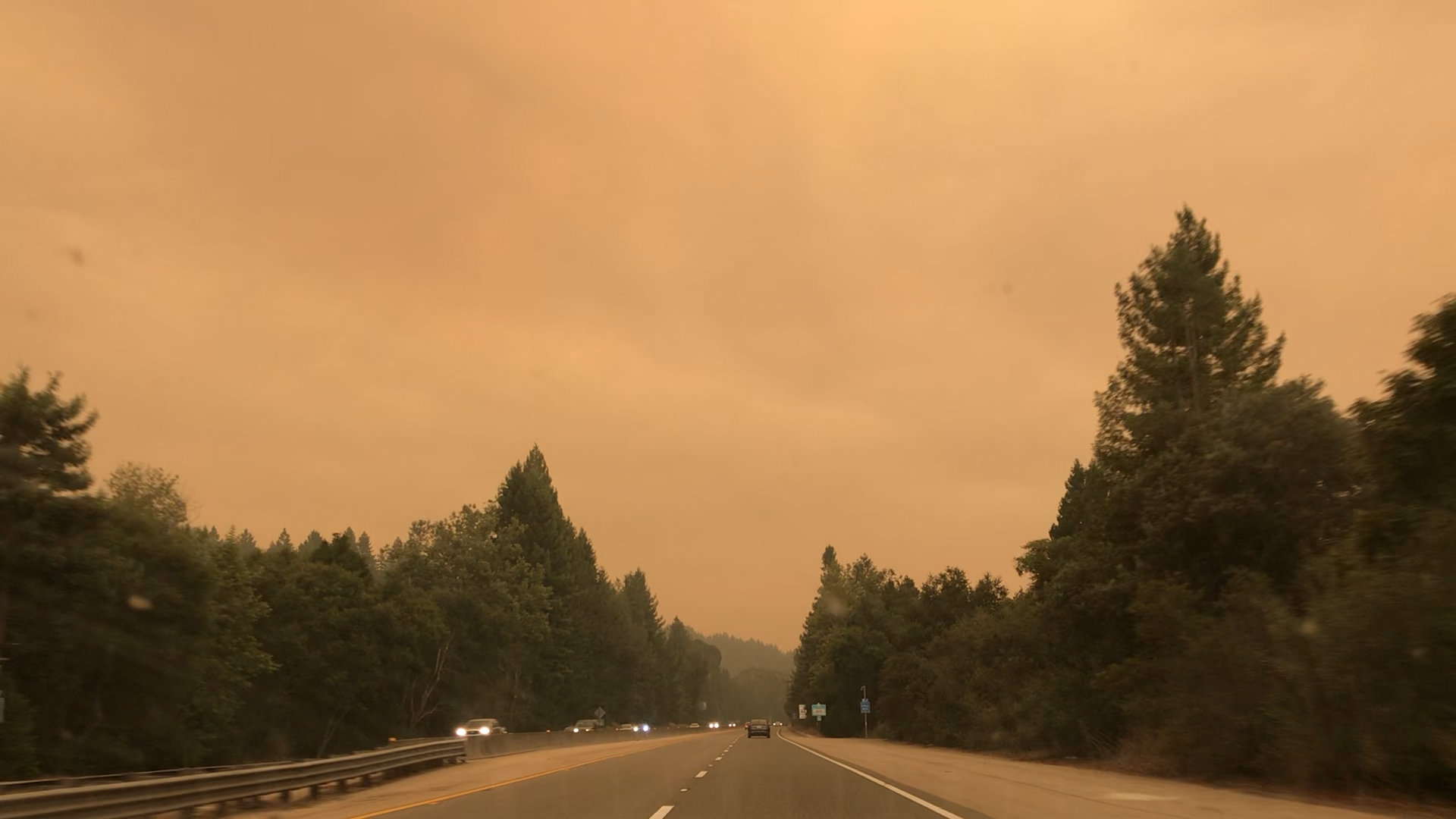
I hadn’t visited it since until this month. What I saw and felt was a land that seemed completely re-molded to almost a pre-development state. The curves of the road to Camp become increasingly disorienting as you travel up Big Basin Way . The milestones and guideposts are gone. It’s like a motion sickness, or like you’ve woken up in an unfamiliar home. Since the fire, massive efforts have been taken to cull the trees that were damaged beyond safety. The shape of the woods itself has changed. The redwoods that lost their limbs but still stand are growing back millions of new branches from their trunk, looking like towering topiaries.
Arriving, we drive past the houses my family and friends had lived, now just subtle clearings in the forest. Pulling down the drive into the camp there’s a moment where it feels almost the same. Signs greet you as you travel down the driveway, past the now-drained pond. We pass the community house that I had lived in for a year, now a pile of ground-up foundation. Continuing on, we pass the last cabin standing, and pull in facing the field where the redwood stage is. A fence lines the field, where cabin leaders stood every Sunday to greet their campers. I exit the car and walk onto the field towards the stage. It’s exactly how I remember it. The last time I was there was a month before the fires, sitting on this field for a socially-distanced movie night (My Neighbor Totoro)
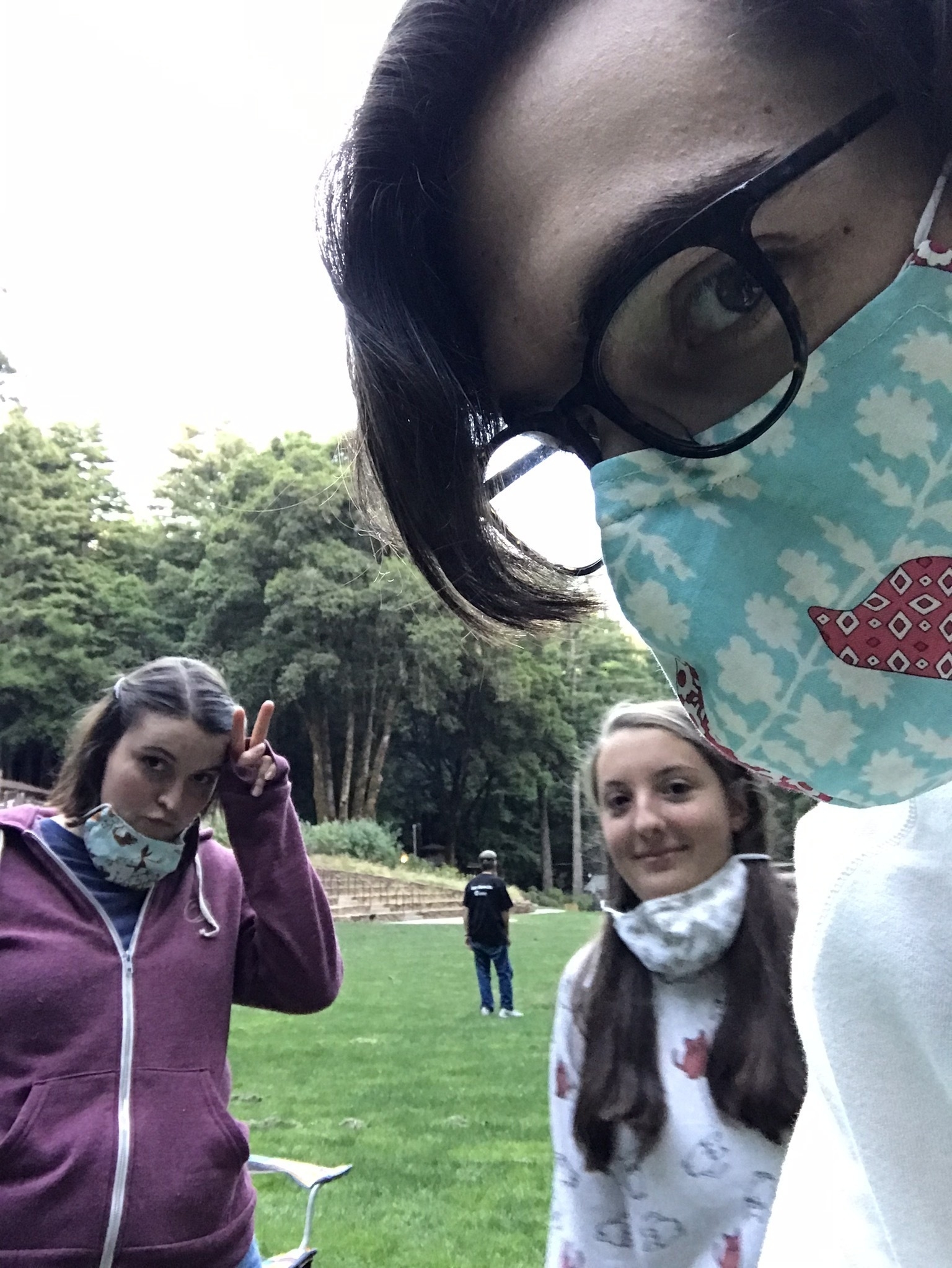
Then I turn my back on the stage and look up the hill. For a moment my brain fills the gaps. I can see the dining hall and DK Hall, the staff rooms I slept in, and continuing up to the boys' cabins where I spent my every summer since 2007, all the way up, Redwood 1 & 2, Pine, Maple, Oak, and up the grueling final steps to Manzanita.
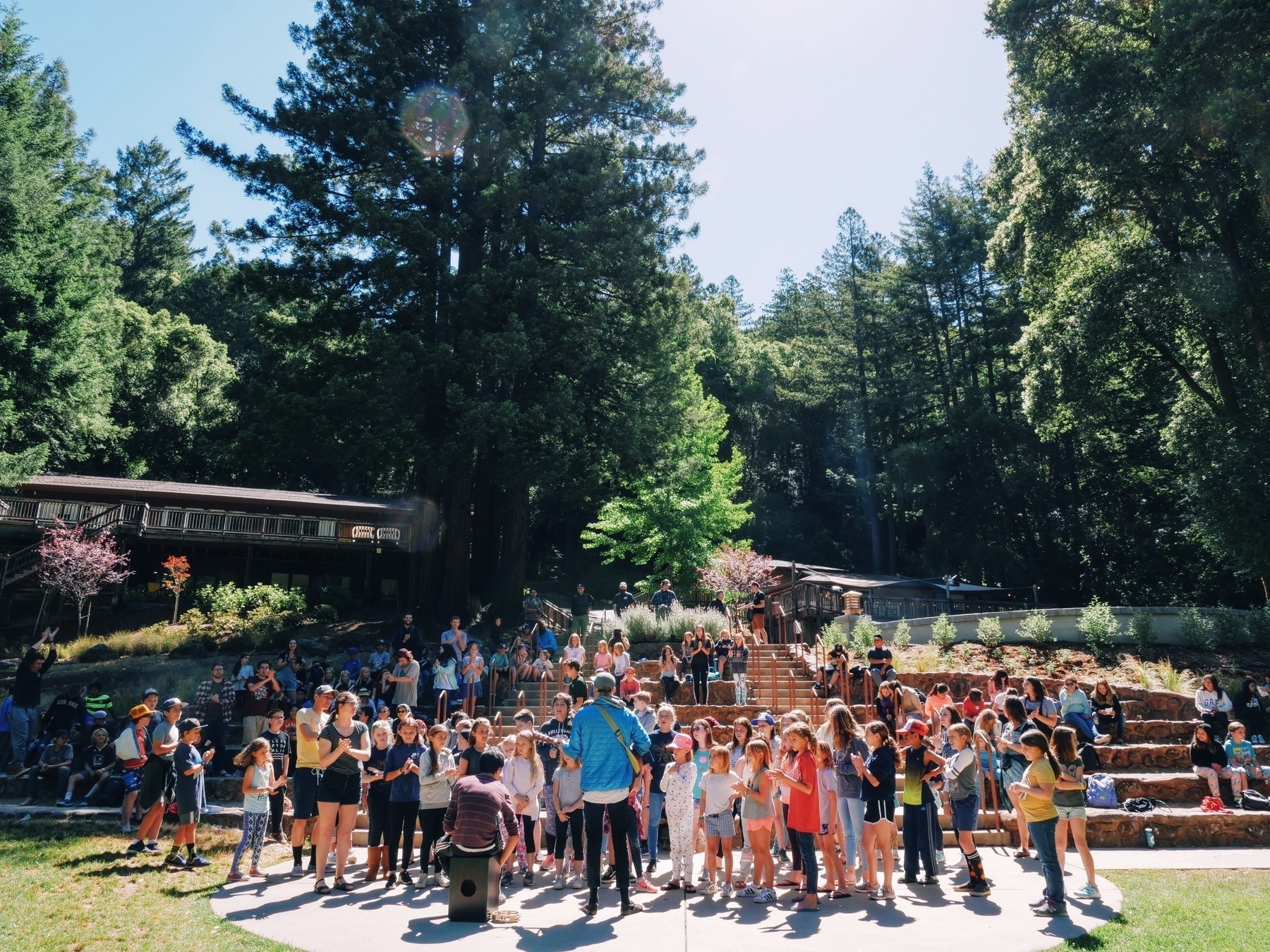
But none of that is there. It’s just green. Dense shrubs fill the hill now, covering most of the remaining rubble. It’s like I traveled 60 years into the past, or maybe 1000 years into the far future. There is no bell ready to call for dinner. There is no posse setting off to paddle funoes around the pond. There are no campers sitting on Hamburger Hill making lanyards in the shade of the maple tree. Words leave me.
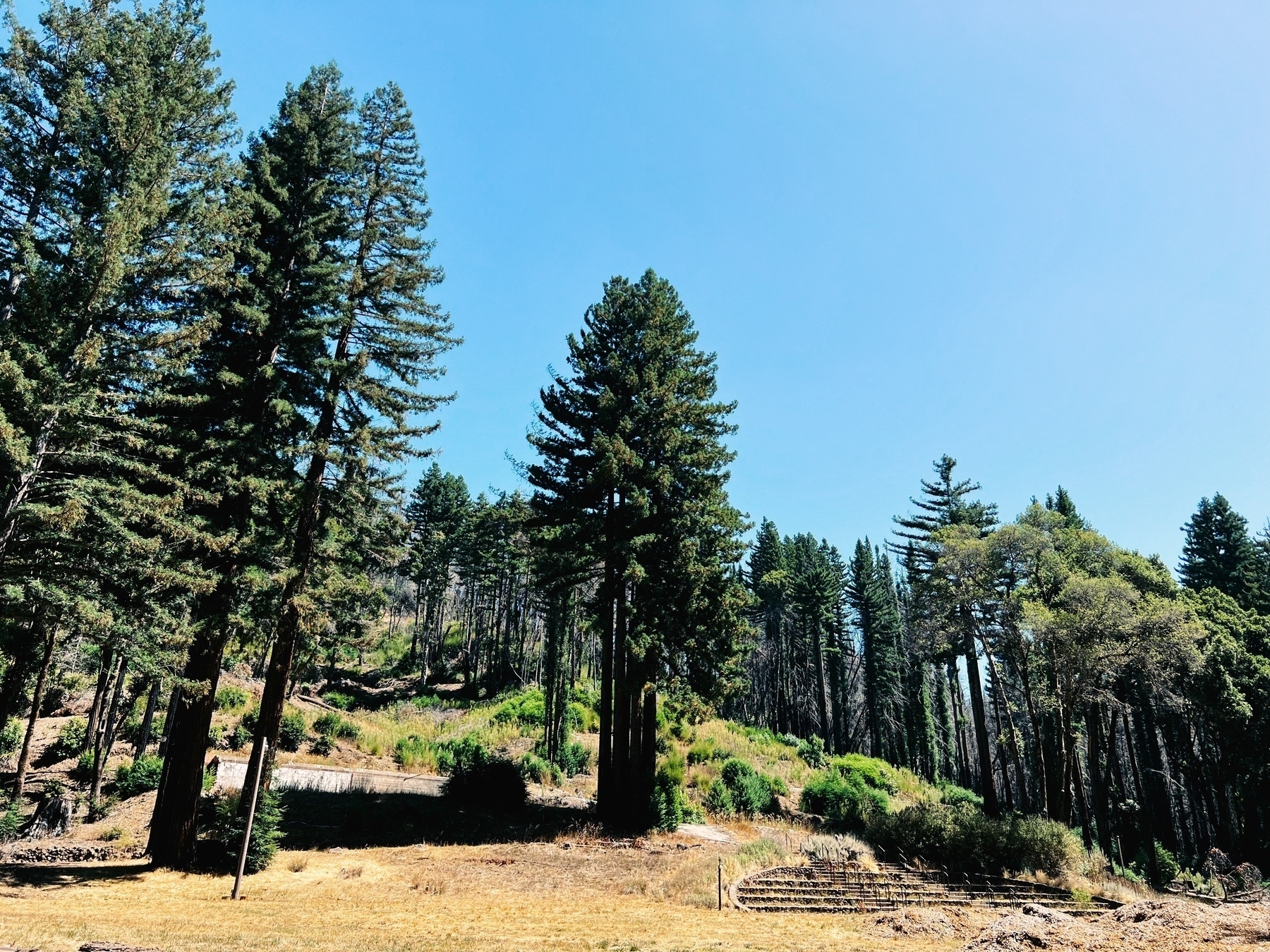
There are places that we hold so dear. These places, like everything in our lives, are so impermanent. Everything is transient. What remains are the memories and images that fill the gaps. When I think about my Oma, I see a woman so strong in her faith and her love for her family, cutting me bite sized pieces of butter and jelly toast, calling me her schunka bolle. She’s gone now. But my mind fills the gap she left with those memories, and those memories will stay with me forever and inform the choices I make if I have grandchildren of my own.
The memories that fill the gaps of Camp Hammer are many. The buildings are gone but its woods and its people remain, for a moment. And those memories and people will inform the next chapter of camp, whatever it ends up being.